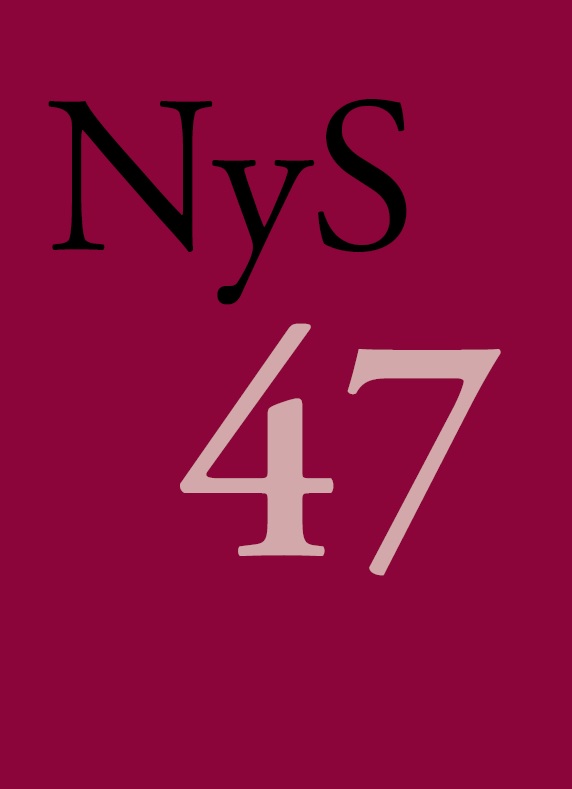’Det er easy at tale engelsk også’. Amerikadansk i 1960’erne og 1970’erne
DOI:
https://doi.org/10.7146/nys.v47i47.19916Abstract
The conditions for the Danish language among Danish emigrants and their descendants in the United States in the first half of the 20th century were tough: The group of Danish speakers was relatively small, the Danes did not settle together as other immigrant groups did, and demographic circumstances led many young, unmarried Danish men to marry non-Danish speaking partners. These were all factors that prevented the formation of tight-knit Danish-speaking communities. Furthermore, US nationalistic propaganda in the wake of World War I and the melting-pot effect of post-war American society in the 1950s contributed to a rapid decline in the use of Danish among the emigrants. Analyses of recordings of 58 Danish-American speakers from the 1970s show, however, that the language did not decline in an unsystematic process of language loss, only to be replaced quickly and effectively by English. On the contrary, the recordings show contactinduced linguistic innovations in the Danish of the interviewees, which involve the creation of specific lexical and syntactical American Danish features that systematically differ from Continental Danish. The article describes and discusses these features, and gives a thorough account of the socioeconomic and linguistic conditions for this speaker group.Downloads
Published
How to Cite
Issue
Section
License
Forfatteren/forfatterne og NyS har ophavsret til de artikler og anmeldelser der bringes i tidsskriftet. NyS har ophavsretten til den udgivne version af tidsskriftet. Forfatteren har ophavsretten til sin egen tekst. Forfattere kan arkivere den publicerede artikel på deres institutions forskningsarkiv (Institutional Repository) eller en privat hjemmeside, når forfatteren samtidig linker til artiklen med den officielle DOI.
For artikler publiceret i NyS tillades at læsere kan downloade, kopiere, udskrive, søge eller linke til og citere fra artikler til ethvert lovligt formål. Artikler kan frit deles og linkes til på forsknings- og undervisningsnetværk (så som Blackboard, Moodle, Canvas o.a.). Link foretrækkes fordi det giver oplysning om brug af tidsskriftets artikler, og fordi det anerkender tidsskriftets redaktionelle arbejde. NyS tillader ikke at læsere bruger artikler eller dele af dem i egne artikler uden at citere, eller at læsere på anden vis anvender dem til kommercielle formål.





